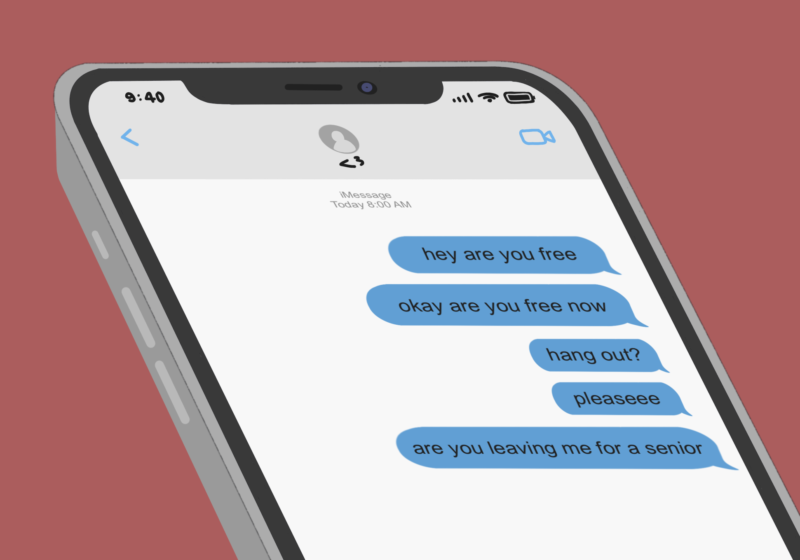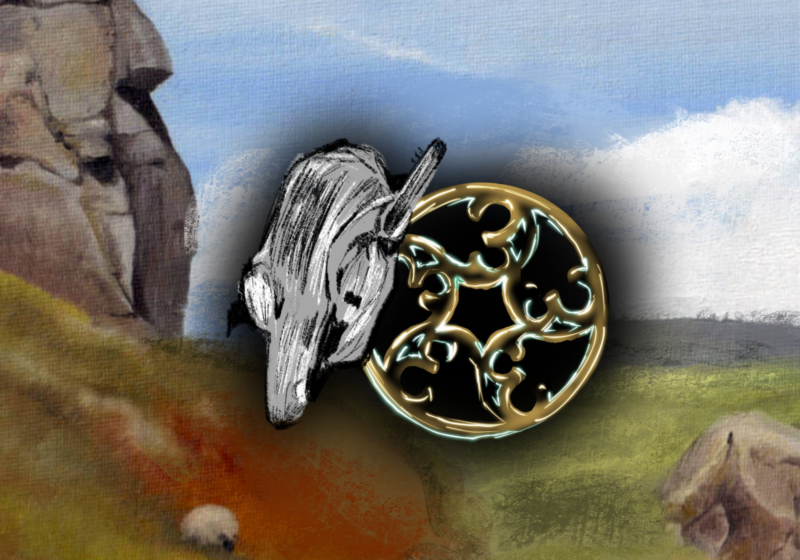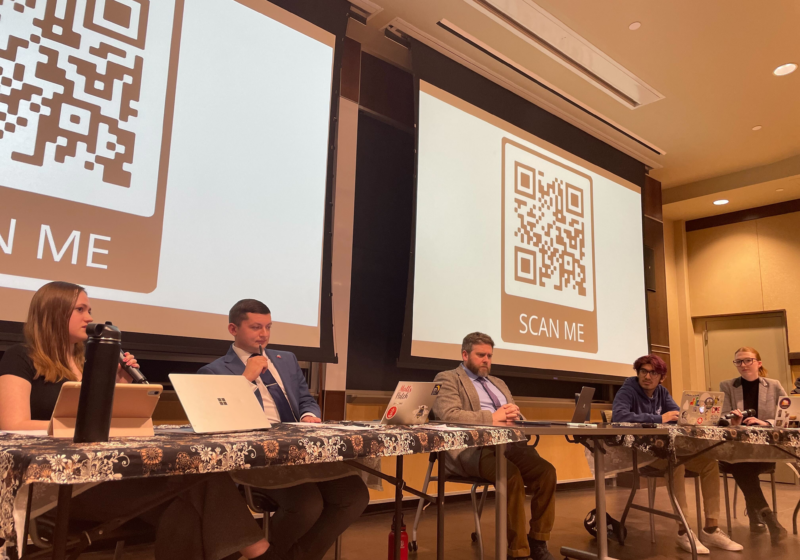UR’s Psychology department has recently received a $30 million grant to study the co-dependent attachment styles of freshmen friend groups, which is about $30 million too much. Instead of studying problems that already exist and that won’t go away, it’s honestly better to try and fix things that we can actually hope to salvage, like first-year relationships that form in the first week of the semester. Oh wait, that’s a lost cause too. So having done the research, I’ll generously summarize it all for you — for free.
For those of you unfamiliar with attachment styles, there are three main ones. First up you have your golden child, the secure attachment style. Think of the guy who keeps a COVID-19 semi-safe distance from you in the Starbucks line — approximately six inches, not feet, because any more would cause the queue to snake up to the 5th floor, and it’s already too damn long. But he also somehow feels confident enough to ask you about your addiction to spending your Sundays in the CT office (not speaking from experience or anything). They’re nearly too close for comfort, but also know how to keep a healthy distance. Among their own kind, first-years with secure attachment styles are surprisingly stable and can actually coexist more peacefully than you’d expect — which is why we don’t need $30 million to regurgitate that at another research poster session. Just stand outside Sue B. and watch them walk up the hill in their little conglomerate friend groups, only to realize that they walked up the wrong side and thus did unnecessary cardio, or forgot that they actually live in the quad.
Next, we have the anxious-ambivalent type. You don’t really have to look far for this one: Despite making up about 20% of the general population, they’re 969% of UR’s first-year class. The math isn’t mathing, and that’s good because it’s going to confuse the anxious-ambivalents, which was our goal all along. Like their name, anxious-ambivalents have a rather volatile attachment style — they cling on to relationships but fall into extreme distress when they inevitably fall apart, like both your GPA and social life. We can cut them some slack with this one, though. It’s hard to make friends, and we have to keep the ones we got. Still, it’s no excuse for following that one hallmate from Wilson Day into transferring into their multidimensional calculus class — it’s not worth the pain.
Lastly, you have your avoidant attachment style. Psychology says that these people’s tendency to run away from the tornado that is interpersonal issues stems from childhood neglect. But I think it really originates from the Pit, which is the most legitimate villain origin story you can get. Besides Pit fries (which you should have no reason to complain about), not much is really edible. Avoidant first-years learn to run from acquaintances whose faces they remember, but whose names they forgot, just as they learned to run from the Wok’s orange chicken. If that isn’t relatable to you, it will be soon.
And that’s $30 million worth of research, folks. Oh wait! As for research applications to real life, knowing your attachment style is crucial to knowing what kind of circle or relationship you’ll be dealing with this year — or whether you’ll get into one at all. Everyone and their dog is in a relationship or situationship by now, so you’d better try and catch up.






